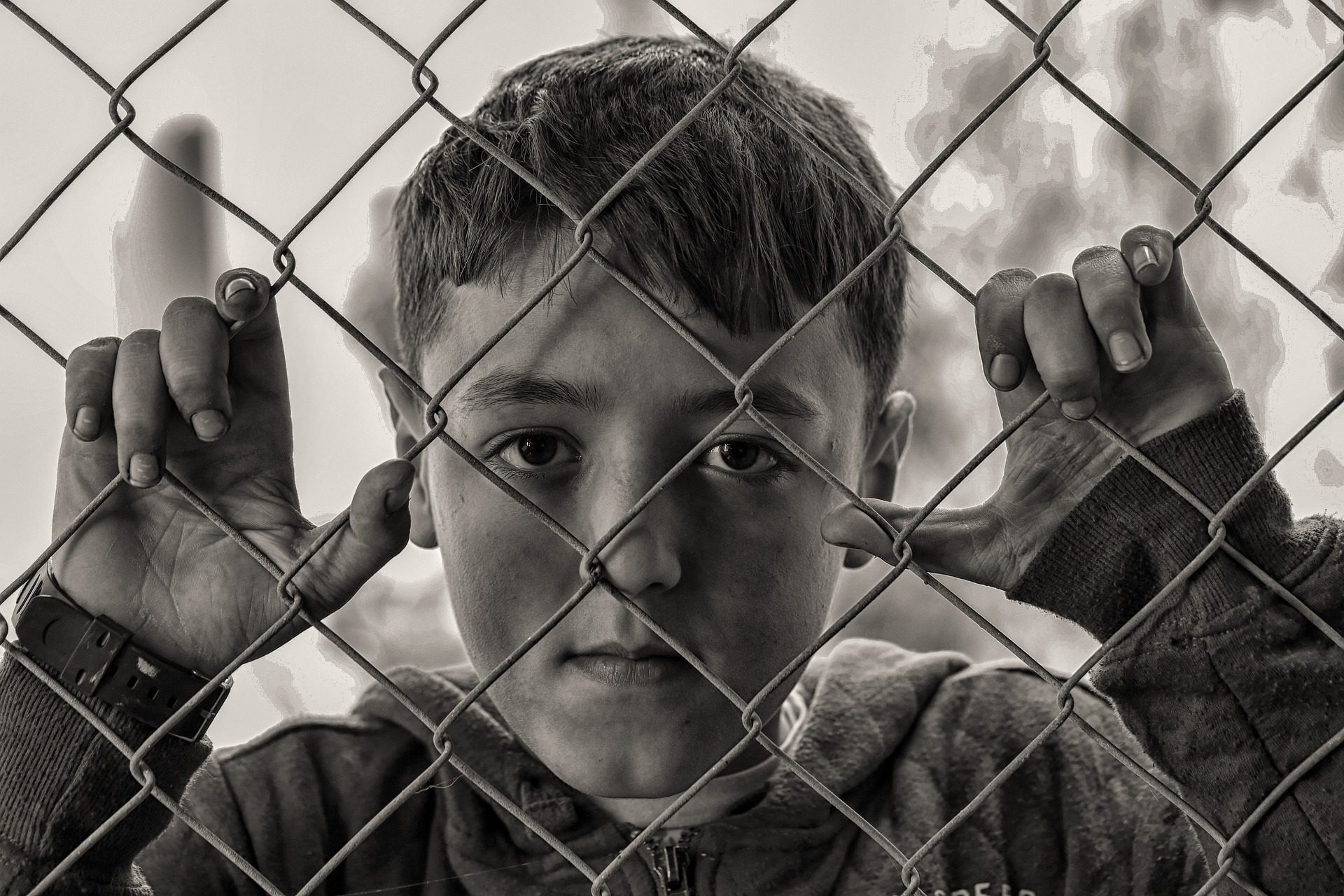
The Needs and Stories of Male Survivors of Child Sexual Abuse, Exploitation and Human Trafficking
The process of identifying a male victim of child sexual abuse and exploitation (CSEA) is difficult for both the survivor and frontline professionals. Boys and men face multiple barriers to disclosure of their childhood sexual abuse and exploitation and experience various negative and detrimental effects that can cause re-traumatization and stop a male victim from finding and accessing support. This exploratory research interviewed first-hand accounts of 40 male survivors of child sexual abuse and exploitation, and 30 field experts specializing in male child sexual abuse and human trafficking. This study uncovers and identifies the social interactions that harm and aid male survivor recovery and healing, as well as further exploring the barriers that hinder disclosure. In addition, it identifies several indicators and long-term consequences of child sexual abuse and exploitation seen within male children and in adulthood. This study also explores various modus operandi of male victimization from the starting age of their first instance of abuse and length of abuse for male victims.
This paper also examines the roles played by female CSEA perpetrators, including the characteristics of female abusers, traffickers, and buyers (exploiters and abusers). Furthermore, it discusses the methodologies which drive cyber-enabled CSEA and the creation of online child sexual abuse materials (CSAM). This research highlights the importance of trauma-informed training, personal reflection on potential biases that could harm male survivors, and the importance of increasing frontline service providers’ knowledge on male sexual violence symptomology, to better support male victims and survivors towards post-traumatic growth and healing.
Read or download full research report here.
